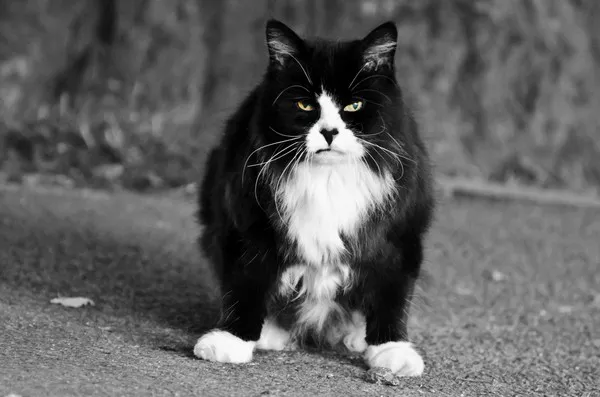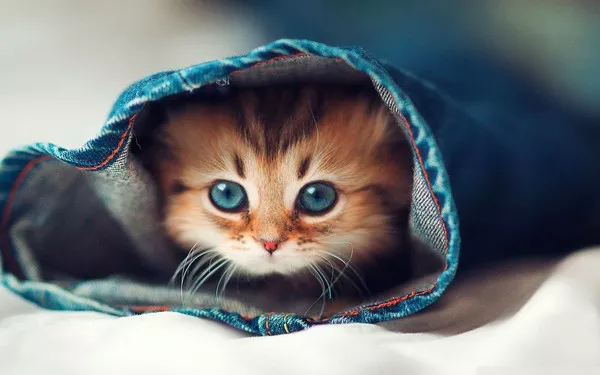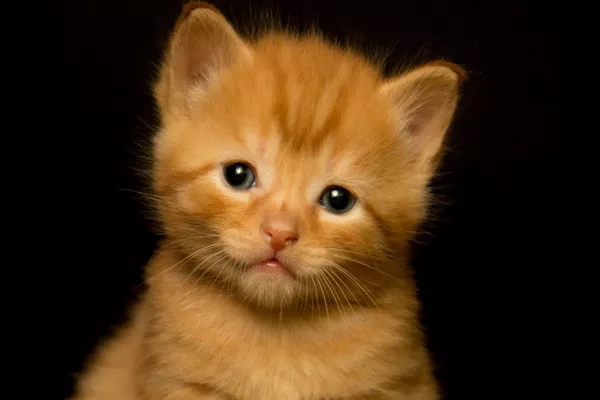Cats are known for their unique behaviors and dietary preferences. One such curiosity is their attraction to cat grass, a term commonly used to describe several types of grasses that are safe and enjoyable for felines. While many cat owners may be aware that their pets enjoy nibbling on these greens, questions often arise about how much cat grass is safe for them to consume. In this comprehensive guide, we will explore the benefits of cat grass, the types of grass suitable for cats, and the appropriate quantities that can be safely fed to our feline friends.
Understanding Cat Grass
What is Cat Grass
Cat grass typically refers to a variety of grasses that are safe for cats to eat. The most common types include:
Wheatgrass (Triticum aestivum): Rich in vitamins and minerals.
Barley grass (Hordeum vulgare): Contains fiber and antioxidants.
Oat grass (Avena sativa): Known for its soothing properties and high fiber content.
Rye grass (Secale cereale): Offers a good source of nutrients.
These grasses are not only safe for cats but can also provide several health benefits.
Benefits of Cat Grass
Digestive Aid: Cat grass can help with digestion. The fiber content can assist in moving hairballs through the digestive tract and may alleviate constipation.
Nutritional Value: Cat grass is rich in vitamins A, C, and E, as well as several B vitamins. It also contains chlorophyll, which can help detoxify the body.
Natural Behavior: Chewing on grass is a natural behavior for cats. It can provide mental stimulation and satisfy their instinctual urge to graze.
Reduction of Stress: Some cats find chewing on grass to be a calming activity, which can help reduce anxiety.
Inducing Vomiting: While this may sound counterintuitive, some cats eat grass to induce vomiting. This can help them expel hairballs or other indigestible material.
How Much Cat Grass Can a Cat Eat
General Guidelines
While cat grass is generally safe, moderation is key. Here are some guidelines to consider:
Portion Size: A small handful of cat grass per day is usually sufficient for most cats. This equates to about 1 to 2 ounces of fresh grass.
Frequency: Offering cat grass a few times a week is typically adequate. Some cats may enjoy it daily, while others may prefer it less frequently.
Observation: Monitor your cat’s behavior and health. If they seem to enjoy the grass and do not exhibit any adverse reactions, you can continue to provide it.
Factors Influencing Consumption
Age and Health: Younger, more active cats may consume more grass than older or less active cats. Additionally, cats with gastrointestinal issues may seek out grass more frequently.
Individual Preference: Just like humans, cats have individual tastes. Some may love cat grass, while others may show little interest.
Type of Grass: Different types of grass may appeal to different cats. Experimenting with various types can help determine your cat’s preference.
Environmental Factors: Cats that spend more time outdoors may not need as much cat grass, as they may find natural grasses to nibble on.
Signs of Overconsumption
While cat grass is safe, overconsumption can lead to digestive upset. Here are some signs that your cat may be eating too much grass:
Vomiting: Occasional vomiting after eating grass can be normal, but frequent vomiting may indicate overconsumption.
Diarrhea: Excessive grass intake may lead to gastrointestinal upset, resulting in diarrhea.
Lethargy: If your cat seems unusually tired or lethargic after eating grass, it may be a sign of overindulgence.
Loss of Appetite: If your cat shows a decreased interest in food following grass consumption, it may be a sign that they have eaten too much.
If you notice any of these signs, it’s advisable to reduce the amount of cat grass offered and consult your veterinarian if symptoms persist.
How to Introduce Cat Grass to Your Cat’s Diet
Choosing the Right Grass
When selecting cat grass, look for organic options free from pesticides and chemicals. Many pet stores sell pre-grown cat grass kits, which can be a convenient option. Alternatively, you can grow your own from seeds.
Gradual Introduction
If your cat is new to cat grass, introduce it gradually:
Start Small: Offer a small amount of grass to gauge your cat’s interest and tolerance.
Observe Reactions: Watch how your cat reacts to the grass. If they enjoy it and do not exhibit any digestive issues, you can increase the amount gradually.
Incorporate into Routine: Consider offering cat grass as a special treat or part of your cat’s daily routine to help them associate it with positive experiences.
Growing Your Own Cat Grass
Benefits of Growing Your Own
Growing your own cat grass can be a rewarding experience for both you and your cat. It ensures that the grass is fresh and free from harmful chemicals. Additionally, it can be a fun project to involve children in as they learn about plant care.
Step-by-Step Guide
Choose Seeds: Select organic seeds for the type of grass you want to grow. Wheatgrass is a popular choice due to its quick growth.
Prepare Containers: Use shallow containers with drainage holes. Fill them with potting soil.
Plant Seeds: Sprinkle the seeds evenly over the soil and cover lightly with more soil.
Water: Water the soil gently to keep it moist but not soggy.
Sunlight: Place the containers in a sunny spot, as grass needs plenty of light to grow.
Harvest: In about 7 to 14 days, the grass should be ready for your cat to enjoy. Cut it to a height of about 3 to 4 inches for optimal munching.
Conclusion
Cat grass is a delightful and beneficial addition to your cat’s diet. While it is generally safe for cats to enjoy, moderation is crucial to avoid digestive issues. By understanding your cat’s individual preferences and monitoring their intake, you can ensure that they enjoy the benefits of cat grass without overindulging. Whether you choose to purchase pre-grown grass or cultivate your own, providing this green treat can enhance your cat’s well-being and add a touch of nature to their indoor environment.
Incorporating cat grass into your cat’s routine can be a simple yet effective way to promote their health and happiness. So, the next time you see your feline friend nibbling on a blade of grass, you can feel confident knowing that you’re supporting their natural instincts and nutritional needs.
Related topic:



























